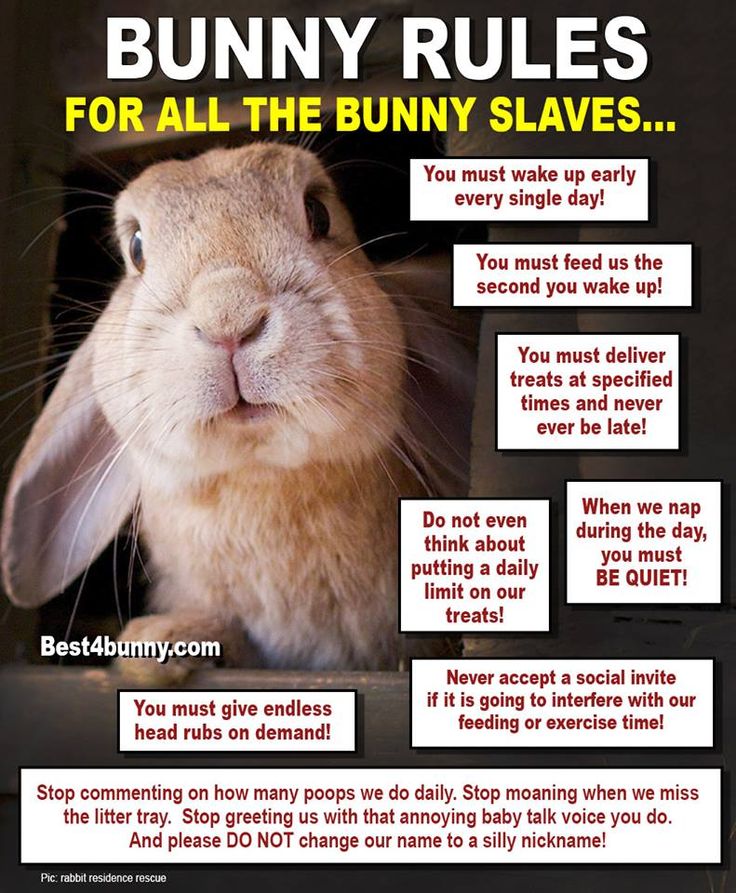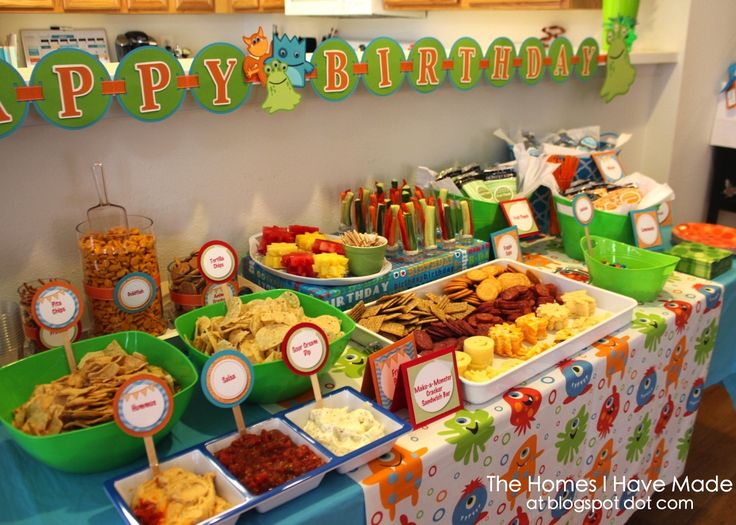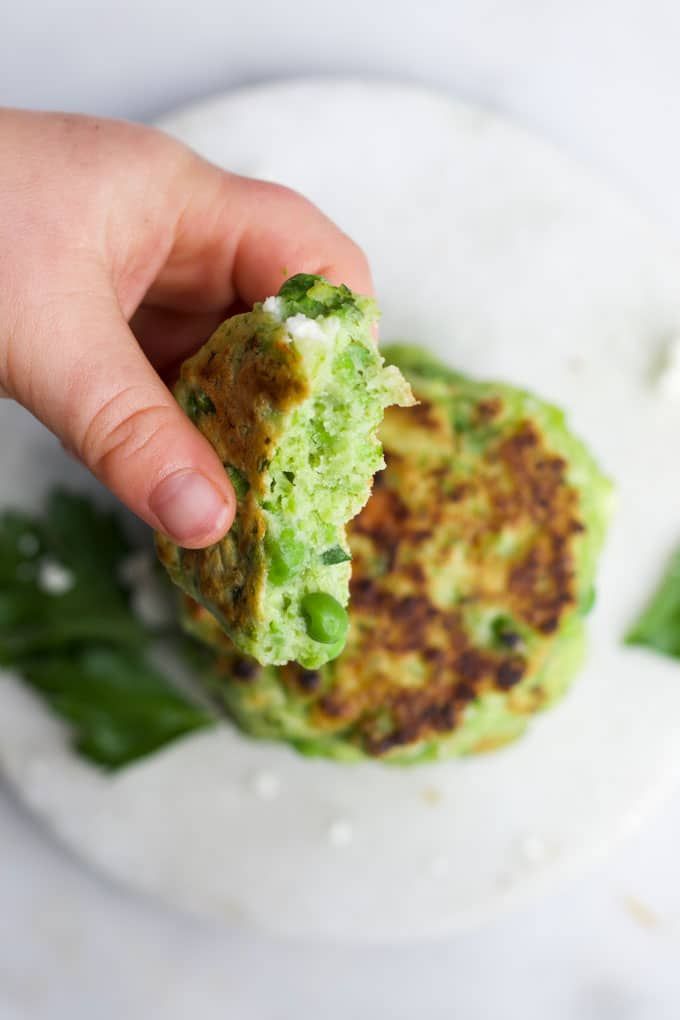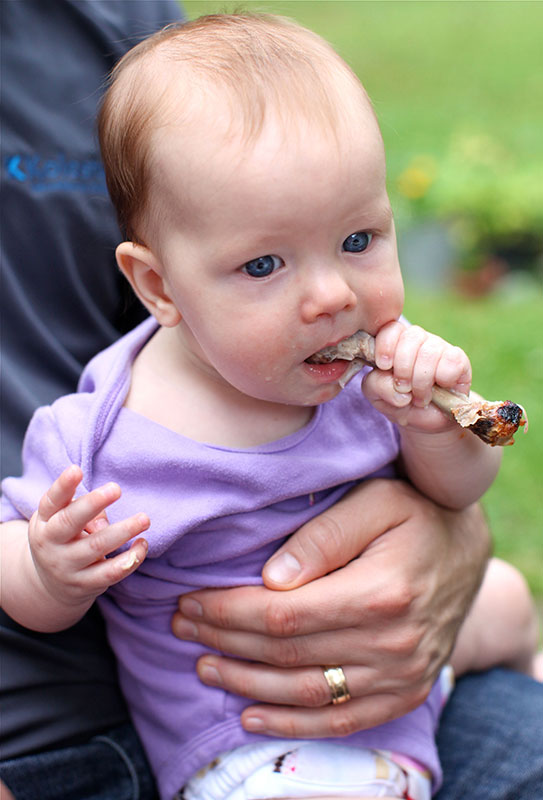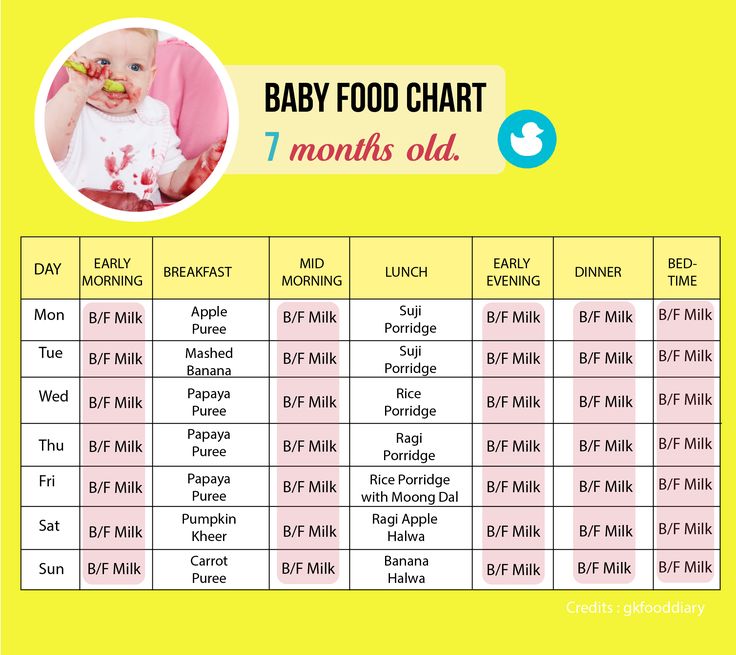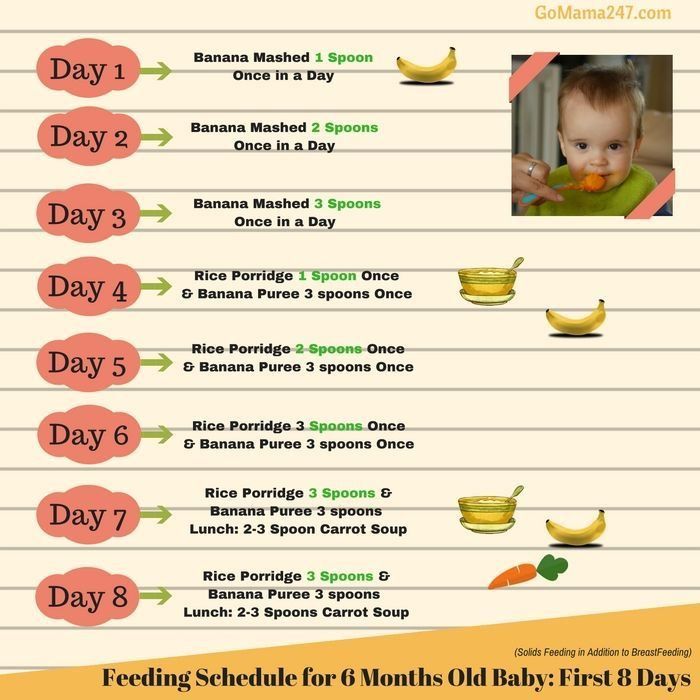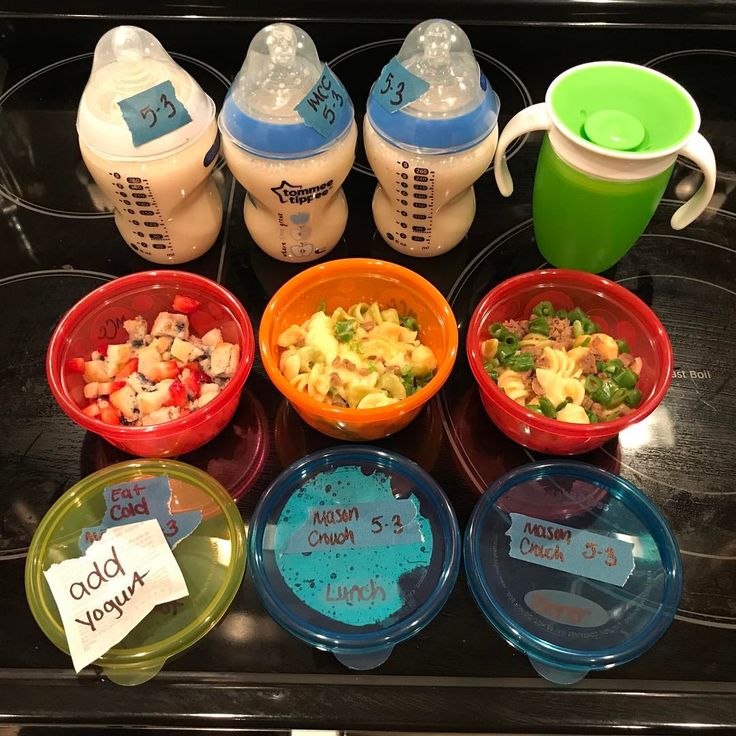What to feed a baby bunny with no mom
Caring for Newborn Baby Rabbits
IF THESE ARE WILD BABIES
It’s that time of year again. Wild babies everywhere. But are they at risk?
Wild rabbits hide their nests in plain view, often in the middle of your yard, bushes, etc. If you find a nest that has been disturbed, do the best you can to restore it and leave the babies in there. If a dog discovers the nest, do your best to restore it (with grass, leaves, whatever mama has used), make sure the kits are in there, and find a way to keep the dog(s) away from the nest. Mama will return for her babies and taking them away will seriously decrease their chance of survival. If you do not see the mama—DON’T WORRY—they only nurse their babies a few minutes a day, then they stay away so as to not draw predators to the nest.
If a kit is injured or an animal brings you an injured baby, if you have no choice but to help a baby, please do not try to care or it yourself—-get it to a rabbit vet or a wildlife rehabilitator
- Local wildlife rehabilitator: https://www.
nwrawildlife.org
- List of rabbit vets: http://rabbit.org/vet-listings/
The best thing you can do for wild babies is to leave them alone (restored to the nest) or, if injured, get them to a rabbit vet or wildlife rehabilitator.
DOMESTIC/PET RABBITS
WHERE TO PUT THE BABIES
Make the babies a soft nest area in a box with clean towels. We like to put one folded towel on the bottom and another bunched on top of that, so the babies can snuggle into it. You can also purchase soft nesting wool from a pet store and put that on top of the towel. You can also take whatever nesting material they were in and put it in the box as well. Cover the box almost entirely with a light towel, making sure that there will be enough air so the babies do not suffocate. Leaving about a one inch gap at the top is usually sufficient. Keep the babies in an out-of-the way, QUIET area, such as an adult’s bedroom. If the room temperature is between 68-72 degrees you will not need to provide extra heat, but if it’s cooler than that you will need to provide extra warmth.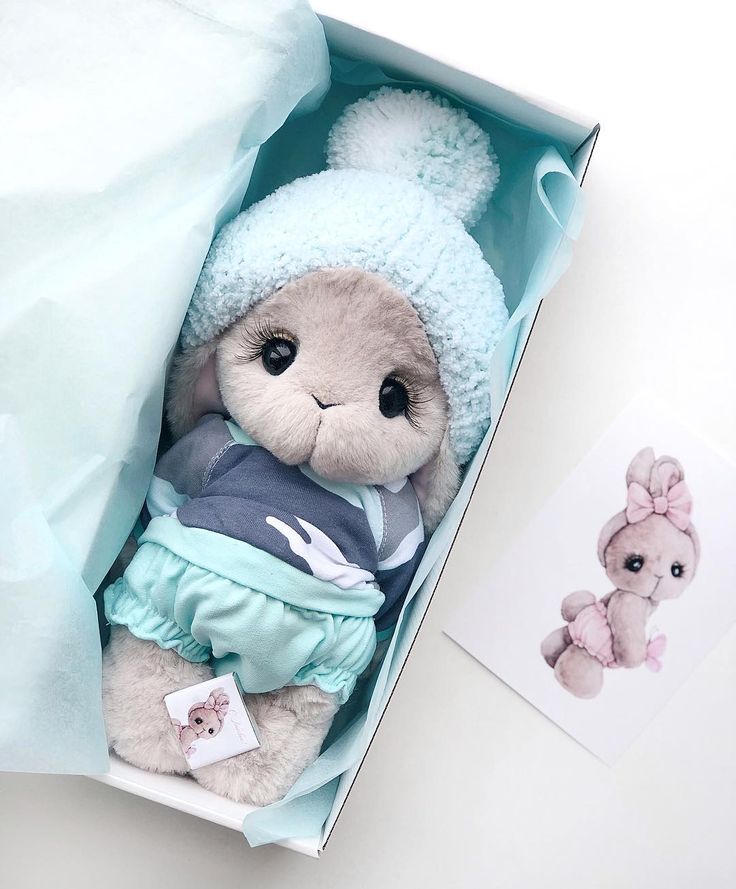 Use a heating pad set on low and slip it under one half only of the box. We do it this way so that the babies can move to a cooler area if it gets too warm. DO NOT put babies directly on heating pad, as babies can burn themselves very badly.
Use a heating pad set on low and slip it under one half only of the box. We do it this way so that the babies can move to a cooler area if it gets too warm. DO NOT put babies directly on heating pad, as babies can burn themselves very badly.
If the babies were with their mamma, but she is not caring for them (and you are sure she is ignoring them) you may need to separate her from them so they will not get hurt. Rabbit milk is very caloric and the kittens (baby rabbits) only nurse for a few minutes a day, so if you think that she is not caring for them based only on the fact you don’t see them feed…think again. If you do think they are being neglected, you can check: Are they cold? Are they making crying sounds for more than a few minutes before (or at) feeding time? Are they blue? Is the skin shriveled? Check for dehydration: gently pinch together the skin at the nape of the neck. If it sticks together or stays in a tent, they are dehydrated. A healthy kit has a round belly, is warm, gains weight on a daily basis, and snuggles with its litter mates. If they are dehydrated, cold, losing weight or becoming injured, of course, something must be done
A healthy kit has a round belly, is warm, gains weight on a daily basis, and snuggles with its litter mates. If they are dehydrated, cold, losing weight or becoming injured, of course, something must be done
WHAT TO FEED THE BABIES
Baby rabbits should be fed Kitten Milk Replacer (KMR) or goat milk, which you can buy at pet stores, or sometimes even a local veterinarian’s office. Because rabbit milk is the most caloric of all mammals, we add in one tablespoon of 100% heavy whipping cream (no sugar) to each can of KMR. Most kits will not nurse from the baby animal bottles you can buy at stores. Instead, use a sterile oral syringe, which can be purchased at most pharmacies. A better alternative are these nipples, which come the a syringe, but you may not be able to find them locally/right away (link).
It is best to feed baby rabbits no more than twice a day, but sometimes it takes more feedings to get an adequate amount into them, especially at first.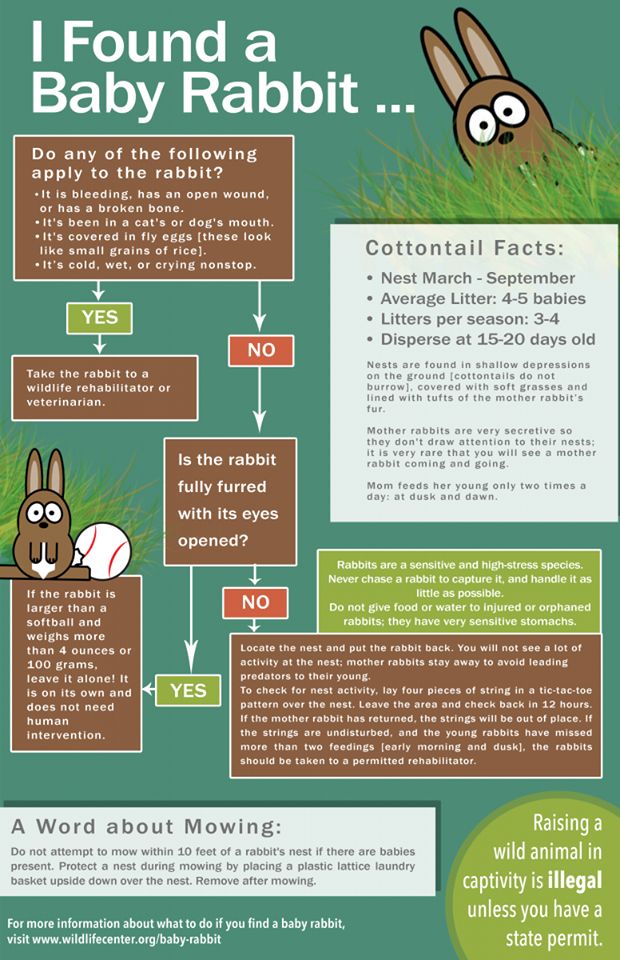
How much to feed varies greatly on what breed of rabbit you are feeding, and how big the kit is, but here is a basic guideline for the daily amount to feed a domestic rabbit who will be approximately 5-6 pounds as an adult (average rabbit size). You can increase the amounts as needed for larger breeds.
To help the kits maintain healthy gut bacteria, go to your local health food store (and get a bottle of ACIDOPHILUS. Ask for the capsules that have the “grainy stuff” inside (they are easier to mix than the “powdery stuff”) and add a bit to the formula at each feeding.
ALL amounts below should be divided into two feedings per day.
- Newborn – 1 week
- 4-5 cc formula
- 1-2 weeks
- 10-15 cc formula
- 2-3 weeks
- 15-30 cc formula
- 3-6 weeks, until weaned
- 30 cc formula
HOW DO I DO THIS?
Baby rabbits feed from their mothers while lying on their backs. You may loosely wrap baby in a soft face cloth or hand towel and lay it on your lap or in the crook of your arm. If bunny will NOT eat this way, of course, do the best you can. It is ABSOLUTELY CRUCIAL to let the baby eat at it’s own pace—especially if it is not suckling from the syringe willingly. If you squirt the liquid in too quickly you can aspirate (get liquid in) the lungs and the rabbit will suffocate.
You may loosely wrap baby in a soft face cloth or hand towel and lay it on your lap or in the crook of your arm. If bunny will NOT eat this way, of course, do the best you can. It is ABSOLUTELY CRUCIAL to let the baby eat at it’s own pace—especially if it is not suckling from the syringe willingly. If you squirt the liquid in too quickly you can aspirate (get liquid in) the lungs and the rabbit will suffocate.
Until their eyes open (10 days): After each feeding it is important to make the bunny defecate and urinate to keep the intestinal tract and urinary system running smoothly. Use a soft cloth or a cotton ball moistened with warm water and gently stroke the genital area until the bunny starts producing stool and urine. Keep stroking until the bunny stops. You are replicating the behavior of the mother rabbit who would lick her young to stimulate them to go to the bathroom. The stool will be soft and may be varying shades of green and yellow. If the urine is brown and gritty, the buns are not adequately hydrated and you need to get them to a rabbit vet ASAP—-it is an emergency. Be sure to clean baby’s mouth with a damp cloth or paper towel, so that no milk dries in the hair.
If the urine is brown and gritty, the buns are not adequately hydrated and you need to get them to a rabbit vet ASAP—-it is an emergency. Be sure to clean baby’s mouth with a damp cloth or paper towel, so that no milk dries in the hair.
Baby rabbit eyes open at about 10 days of age. You may start introducing them to hay and pellets at this point, but no veggies or fruits yet. Just leave some timothy or orchard and alfalfa hay and pellets in a corner of the box where the babies can easily get to them. Make sure it the pellets are plain, high fiber and fresh, with no added goodies such as dried banana chips or seeds. Don’t ever leave a deep water dish in which a baby could drown; instead, use something shallow and rinse and fill it frequently.
If you have any questions, please contact us.
11 Things You Can Feed A Baby Rabbit Without A Mother – BunnyAsAPet
Caring for an orphaned baby bunny isn’t an easy task.
They have such a small and delicate stomach.
So things might easily go wrong with one improper feeding.
But hey, relax.
This might require enough knowledge and be challenging at first.
However, hand-raising a bunny isn’t impossible.
So how can you do this and what are the things you can feed to them?
Read on to discover:
- The nutrients and benefits of a rabbit’s milk.
- 11 things you can safely feed to an orphaned baby bunny.
- Whether a baby rabbit can survive without any milk or not.
- The answers to, “Can baby bunnies drink water?” and “How long can baby rabbits go without nursing?”
- And many more…
Table of contents
- What to feed baby rabbits without a mother?
- Can a baby rabbit survive without milk?
- 11 things you can feed a baby rabbit without a mother
- #1: Colostrum
- #2: Rabbit milk replacer (RMR)
- #3: Kitten milk replacer (KMR)
- #4: Goat milk
- #5: Formula with heavy cream
- #6: Alfalfa pellets
- #7: Alfalfa hay
- #8: Diluted formula
- #9: Leafy greens
- #10: Other rabbit-safe veggies
- #11: Cecotropes
- People also ask:
- How long can baby rabbits go without nursing?
- Can baby bunnies drink water?
What to feed baby rabbits without a mother?
You can feed baby rabbits without a mother with a milk replacer.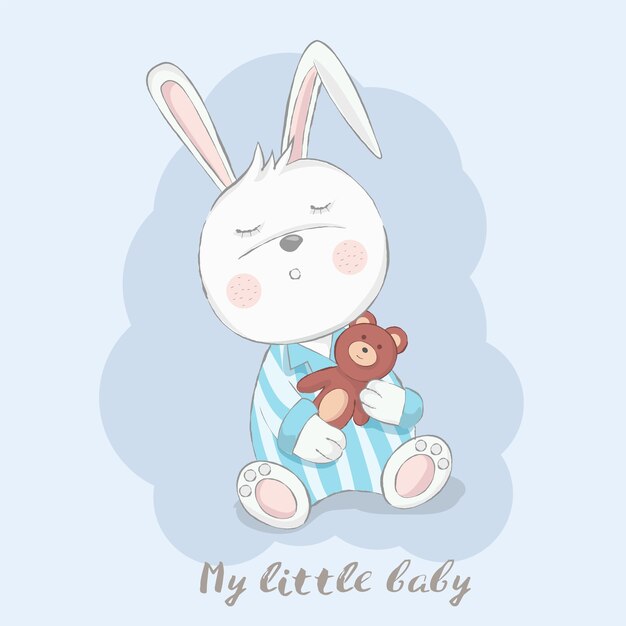 But since they need more nutrients and fats, this must be mixed with goat milk. As well as heavy cream and colostrum. Then as they grow older, start offering them cecotropes and solid food. Like pellets, alfalfa hay, and leafy greens.
But since they need more nutrients and fats, this must be mixed with goat milk. As well as heavy cream and colostrum. Then as they grow older, start offering them cecotropes and solid food. Like pellets, alfalfa hay, and leafy greens.
Can a baby rabbit survive without milk?
A baby rabbit won’t survive without milk. At age 0 to 3 weeks old, it’ll be the sole part of their diet. So it’s their only way to get the nutrients and energy they need to live longer. And even though they’re already eating solid food at 6 to 8 weeks old, they still need milk for more nourishment.
In a study, the most common cause of death in baby rabbits is abandonment.
It had a 31 to 31.3% rate, followed by cannibalism (17.6% to 18%) and starvation (11.7% to 12.%).
I know you want to prevent this and save your young bunny. So let’s dive right in!
11 things you can feed a baby rabbit without a mother
#1: Colostrum
First off, did the baby rabbit’s mother die after delivery?
If this is the case, your kitten didn’t get any milk from their mom.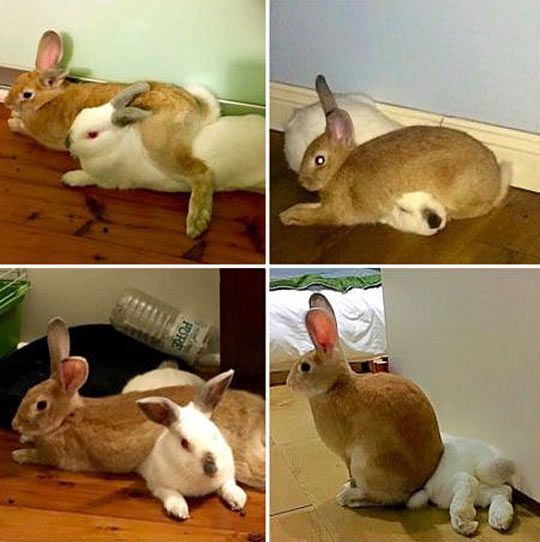 This is why they need a special substance called colostrum.
This is why they need a special substance called colostrum.
“What is that?”
It’s a fluid that’s produced by mammals before they even release breast milk.
“Why is colostrum important?”
Aside from nutrients, it also contains antibodies that help newborns fight infections.
So Dr. Dana Krempels says that baby rabbits who had this have a higher survival rate than those who didn’t get any.
What to do?
You can buy this at health food shops near you.
But, you may also get this from your vet instead. Then ask them how long should this be given to your rabbit.
This comes in either powdered or capsule form. And it’ll be mixed into the milk formula. (I’ll discuss the recipe shortly so stay tuned!)
Reading tip: How To Take Care Of Baby Rabbits? 11 Vital Tips
#2: Rabbit milk replacer (RMR)
Baby bunnies need milk to survive. And their mom’s, in particular, is said to be high in nutrients and calories.
“Really?”
Yup! A study found that rabbit’s milk has 4 times more protein than goat’s and cow’s.
Plus, it’s also greater than them by 4.5 to 5 times in terms of arginine. It’s an amino acid that helps build protein.
But if you have an orphaned bunny, how can you provide this essential need of theirs?
First, you can look for a nursing female rabbit.
But if it isn’t doable, another way is to get a suitable milk replacer.
“What is it?”
As its name implies, it’s a substitute for a mother’s milk. It’s packed with nutrients and easily digested by babies.
There are many varieties of this in the market.
But, let me talk about the ‘rabbit milk replacer’ first, a.k.a. RMR.
A group of researchers in Thailand conducted a study about this.
And their goal was to find the differences among the 3 milk replacers for bunnies, which are as follows:
- Kitten milk replacer (KMR).
- Rabbit milk replacer (RMR)
- Mammal milk replacer (MMR).

“What are the results?”
After feeding the 36 baby bunnies for 20 days, they found that RMR didn’t cause any side effects. So it’s considered safe for rabbits.
But, it was lower than KMR and MMR with regards to nutrient digestibility. Although the difference isn’t that significant.
“Where can I get this?”
The researchers made their own RMR formula for the study. And it’s quite complicated to follow.
So here’s a rabbit milk replacer I found on the Internet.
But wait, before giving this to your bunny, it’s best to consult a vet first for their safety.
Note: Again, baby rabbits below 3 weeks old should only have milk in their diet. And to know whether your kitten is at this age, check their eyes. They must be closed if they’re less 2 weeks.
#3: Kitten milk replacer (KMR)
Rabbit milk replacers aren’t always available in some places.
This is why the most commonly used is a kitten milk replacer or KMR.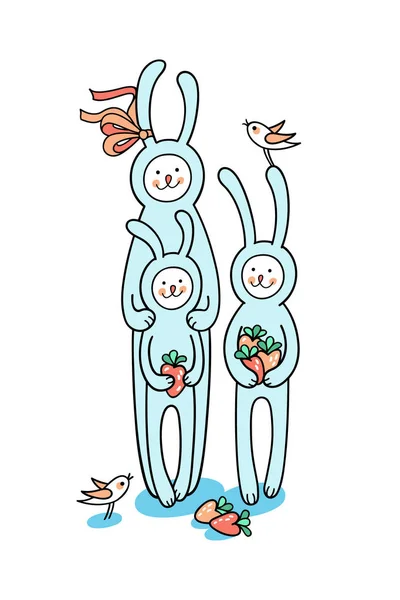 Since you can easily buy this online or in the market.
Since you can easily buy this online or in the market.
Based on the study I mentioned above, rabbits fed with this absorbed more nutrients than those who received RMR.
KMR is also higher in crude protein content. But, it’s low in fats compared to rabbit’s milk.
So to compensate for this, experts advise adding other ingredients into the formula. And I’ll discuss this shortly.
#4: Goat milk
Aside from the ones I listed earlier, this could also be a substitute for rabbit’s milk. Although it’s usually mixed with other products to be more effective.
It may have a lower protein content than RMR, but it’s higher in fats. So Dr. Krempels also recommend this to be included in the formula – along with KMR.
“What are the other benefits of goat milk?”
Experts say that it’s more nutritious than cow milk. Plus, it’s easier in the tummy and has lower risks of allergies.
#5: Formula with heavy cream
Again, baby bunnies must be fed milk to survive.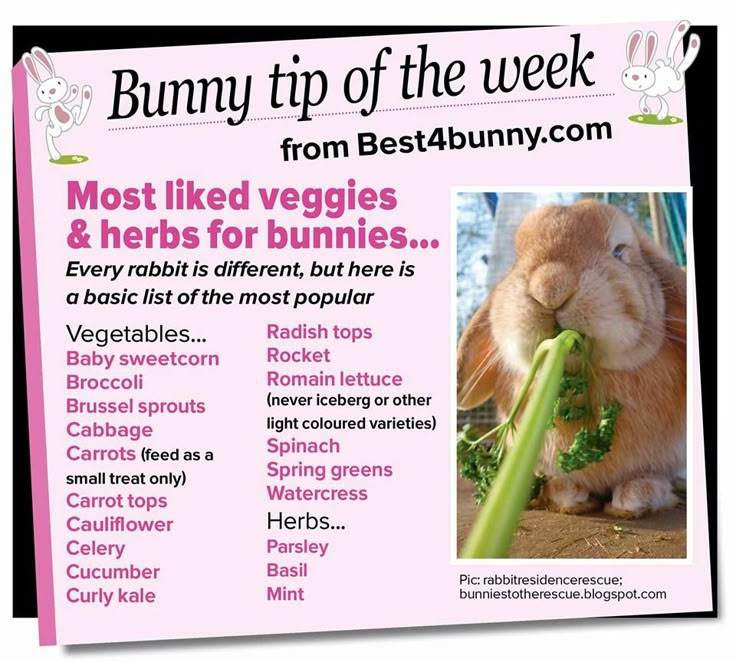
But for their survival rate to be higher, it must be as close as possible to a rabbit’s milk.
Most especially in terms of nutrients and fats. Since babies need these in their diet to grow and develop well.
Kitten milk replacers are nutritious. But, they’re low in energy and fats.
So to make up for this, experts suggest adding some heavy cream. But take note that it must not have any sweeteners in it.
What to do?
Follow this sample formula recipe for baby rabbits made by Dr. Krempels:
- 1/2 cup – fresh goat milk.
- 0.20 tbsp (3 ml) – heavy cream.
- 1/2 cup – kitten milk replacer (KMR).
- 1 to 1 ½ tbsp (10 capsules-worth of content) – freeze dried colostrum.
Mix all of these in a container with a lid. Then shake well until the colostrum is thoroughly dissolved.
But before giving the formula to your baby rabbit, it must be warm first.
So you may heat the formula to 105o F (40.56o C). Or submerge the container in a hot water.
Or submerge the container in a hot water.
Fill your small oral syringe/dropper. Then drop some on your wrist to check if it’s cool enough to be eaten by your bunny.
“How much formula should I feed to my baby rabbit?”
This usually depends on their age.
- For 0 to 1 week old: 2 ½ ml every feeding.
- For 1 to 2 weeks old: 5 to 7 ml every feeding.
- For 2 to 3 weeks old: 7 to 13 ml every feeding.
- For 3 to 6 weeks old: 13 to 15 ml every feeding.
But some adjustments can also be made based on their size. Say, if the baby is quite small, they may need a lesser dosage.
“When and how often should I feed them?”
Feeding must ONLY be done twice a day. Preferably at dusk and dawn since these are the times mother rabbits nurse.
Do this to avoid overfeeding as it can lead to bloating and death.
To know the proper way to feed a baby rabbit, check out this video:
Some reminders
- Feed them in an upright position. You may also wrap the baby in a soft cloth while you’re handling them.
- Do this in a safe place. Baby rabbits are wiggly and they’re prone to falls. So hold them securely (but not too tight). And ensure there’s a counter with a soft towel underneath.
- Make them drink slowly. Squeeze the syringe gently and feed them drop by drop. See if the baby already swallowed the previous one before you squeeze again. Drinking quickly can make the liquid go into their lungs. And this may lead to suffocation.
Note: Make sure to wash your hands first before you pick up the baby. Why? Experts say that there are 2 to 10 million germs on our elbows and fingertips. These can be transferred to the kitten. And it may cause serious illnesses as their immune system is still developing.
These can be transferred to the kitten. And it may cause serious illnesses as their immune system is still developing.
#6: Alfalfa pellets
When a baby bunny is around 3 to 4 weeks old, they should start nibbling pellets as per House Rabbit Society.
At this age, they’ll drink less milk and show more interest towards solid food. So offering them a few pellets can help them have a smooth transition.
“But what kind of pellets are best for baby rabbits?”
In this case, plain alfalfa-based pellets are your best choice.
Why?
It’s rich in calcium and protein. So these are vital for your baby bunny’s bones and muscles.
Baby rabbits grow pretty fast. In fact, they can live outside their nest as early as 3 weeks old.
So they need more nutrients to grow and develop well.
Note: Although baby bunnies start eating solid food at 3 weeks old, they still need milk until 6 to 8 weeks old. To give you a clearer idea, here’s their diet plan as they grow older:
- 3 to 4 weeks old: Milk, some alfalfa and pellets.

- 4 to 7 weeks old: Milk, more access to alfalfa and pellets.
- 7 weeks to 7 months old: Unlimited access to pellets and hay.
#7: Alfalfa hay
Besides pellets, baby rabbits aged 3 to 4 weeks old also need to eat some hay.
It’ll give them the nutrients they need. Plus, a bunny’s teeth will start growing at this period (around 19 to 21 days old to be exact).
So they need something to chew on to wear down their continuously-growing teeth. As well as to keep them healthy.
Alfalfa hay vs Timothy hay
Timothy hay is considered to be more suitable for grown-up rabbits.
While alfalfa hay is the better option for young bunnies.
“Why’s that?”
This is because alfalfa has higher calcium and protein content. Plus, it also aids in good digestion.
#8: Diluted formula
Does your baby rabbit still ask for milk at age 6 or 8 weeks old?
At this phase, bunnies are usually weaned completely.
But if this is not the case with your rabbit, give them a diluted formula to have a smoother transition to solid food.
“What should I do?”
A baby bunny’s tummy is quite sensitive. So start with this ratio: 75% formula and 25% clean drinking water.
Then as you progress, reduce the amount of milk. And do this until they fully lose interest in it.
#9: Leafy greens
Once your baby bunny is already 12 weeks old, you can start feeding them veggies.
But wait, only offer these to them one at a time. And they must be in small amounts to not upset their stomach.
“How much leafy greens should I give to my baby rabbit?”
To be safe, begin by offering them tiny pieces (2 in or 5 cm).
Then increase the amount gradually (up to 1 cup a day if they’re 5 lb or 2.27 kg).
But while doing this, watch them closely and look for signs of diarrhea:
- Shaking.
- Weight loss.
- Low energy.
- Sunken belly.
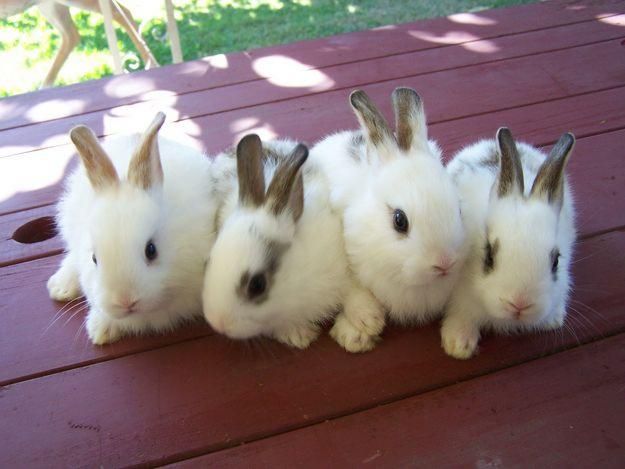
- Reduced appetite.
- Hunched posture.
What leafy greens are safe for rabbits?
According to VCA Hospitals, these are the best options:
- Basil.
- Cilantro.
- Kohlrabi.
- Bok choy.
- Carrot tops.
- Watercress.
- Beet green.
- Broccoli greens.
- Mustard greens.
- Romaine lettuce.
While certain leafy greens must not be fed frequently, like:
- Kale.
- Parsley.
- Escarole.
- Swiss chard.
- Collard and dandelion greens.
“But why?”
These vegetables have high calcium content. And an excess of this may lead to the formation of bladder stones.
Their milk formula already gives rabbits enough to support their bone development. So it’s best to avoid more calcium-rich items in their diet.
#10: Other rabbit-safe veggies
Apart from the dark leafy ones, young bunnies can also eat other types of veggies, such as:
- Squash.

- Broccoli.
- Wheat grass.
- Brussel sprouts.
But make sure to remove any seeds and hard parts before serving these. And slice them into small pieces for easier and safer digestion.
Note: We often see rabbits eating carrots in cartoons like Bugs Bunny. But did you know that these should be fed in limited quantities? Yep, this is because carrots are packed with carbs. And high amounts of these can upset a bunny’s stomach.
#11: Cecotropes
Last but not least, baby rabbits also need to eat some poop to have a healthy tummy.
“Wait. What do you mean?”
You may have noticed this already. But it’s normal for bunnies to eat their poop.
They produce 2 kinds of droppings. And the softer stools with a sticky appearance are the ones they’ll consume.
“But why?”
Rabbits are ‘hind-gut fermenters.’
They have a different digestive system than ours. And this is because their diet is high in fiber.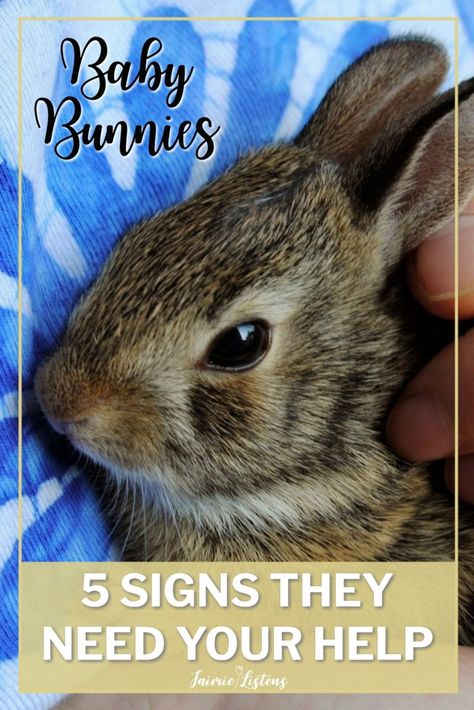
Grasses and weeds aren’t easy to digest. So to absorb all the nutrients, they have to re-ingest what they took in.
To do this, their bodies will release these partially-digested droppings, a.k.a. cecotropes. Then they’ll eat these to get the nutrients they need.
Now, going back to the topic.
A baby bunny’s stomach pH level is higher than an adult’s.
Plus, it doesn’t have any living microorganisms in it.
So when they turn 10 days old, babies will usually eat their mother’s cecotropes. Since they can’t produce some of their own yet.
They do this to get essential nutrients (e.g., protein, fiber, vitamins B and K). As well as important hindgut microorganisms.
And these will help their tummies to digest well as they transition to solid food.
What to do?
You can start introducing these to them at age 2.5 to 3 weeks old. But experts say that this is also vital for bunnies below 1 week of age.
If you don’t have an adult rabbit at home, you may look for a healthy cecotrope donor.
Collect some of their droppings. Then give 1 cecotrope daily to the baby rabbit for 4 to 5 days.
Note: Some young bunnies may refuse to eat cecotropes. If yours is like this, mix them in their formula instead. Keep doing this for around 3 to 4 days until they’re fine with it.
Learn more: Rabbit Poop Chart: 13 Different Types Of Bunny Poop
People also ask:
How long can baby rabbits go without nursing?
Baby rabbits can go without nursing for up to 3 to 4 days. But since they don’t get any food, they’ll get weaker as days pass by. And this could lead to a slow death.
Typically, mother rabbits nurse their babies once a day. And they’ll do this within 5 minutes too.
Why?
Because rabbit’s milk is high in calories. So ingesting it once is enough for babies to get through the day.
However, the absence of it for several days will cause serious problems for the kittens.
This is why they must be hand-fed if they don’t get enough milk every day.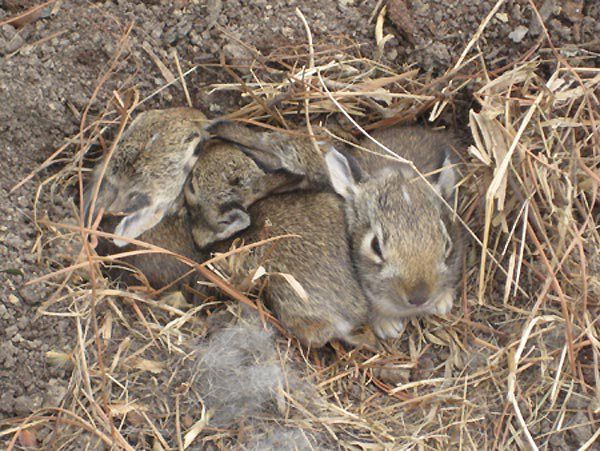
Note: It might be different for wild baby bunnies. This is because they have more sensitive stomachs. So if you see one, don’t feed them. Instead, put them in a box with towels to keep them warm. Then contact the nearest wildlife rehabilitator in your area.
Can baby bunnies drink water?
Baby bunnies can drink water when they’re between 3 to 4 weeks old. This is because, at this age, they’ll start to be introduced to other food aside from milk.
So if your rabbit is already in this phase, you can give them access to water. But since they’re still small, provide a shallow dish for them.
Note: Do you have a messy drinker? If so, try bottle feeding instead. This will prevent them from getting drenched in water. Try giving them a dish after a few weeks. And see if they don’t make a mess.
How to feed rabbits without a rabbit
How to feed rabbits without a rabbit - this question sooner or later confronts all owners of farms where rabbit breeding is practiced..jpg) The best option is to replant the babies with another female or resume natural feeding from their own mother, but this is not always possible. In this case, artificial feeding becomes the only way out.
The best option is to replant the babies with another female or resume natural feeding from their own mother, but this is not always possible. In this case, artificial feeding becomes the only way out.
Is artificial feeding of rabbits justified?
Many rabbit breeders are of the opinion that artificial feeding does not make sense - babies get sick, develop poorly and rarely live more than a few weeks. Indeed, raising rabbits on your own is quite difficult and requires patience, scrupulousness and a sequence of actions. But if everything is done correctly, the rabbits grow up healthy and beautiful.
If you notice that the rabbit is aggressive towards the rabbits, chews them or refuses to feed them, try to stretch her nipples a little, plant and slip the rabbits in this position. You need to hold mom a little so that the kids have time to eat. But when no tricks help, you need to immediately decide on artificial feeding - the rabbits very quickly weaken without feeding, freeze and die.
You need to hold mom a little so that the kids have time to eat. But when no tricks help, you need to immediately decide on artificial feeding - the rabbits very quickly weaken without feeding, freeze and die.
It is hardly possible to talk about 100% survival on artificial feeding. Much depends on the age at which the offspring is located. The most necessary and valuable substances for the body of the cubs enter their body with the first drops of mother's milk. It is they who launch the immune system and give the strength of life. It is clear that the most difficult thing is with rabbits, who received nothing at all from their mother. But you can feed from scratch if everything is done correctly.
What to feed little rabbits?
Compare the nutrient content of cow, rabbit, goat, dog and human milk.
Three variants of artificial food can be considered optimal:
- Dog milk is the closest in composition to rabbit milk. But even if there is a lactating dog somewhere nearby, you can’t slip the rabbits on her for obvious reasons.
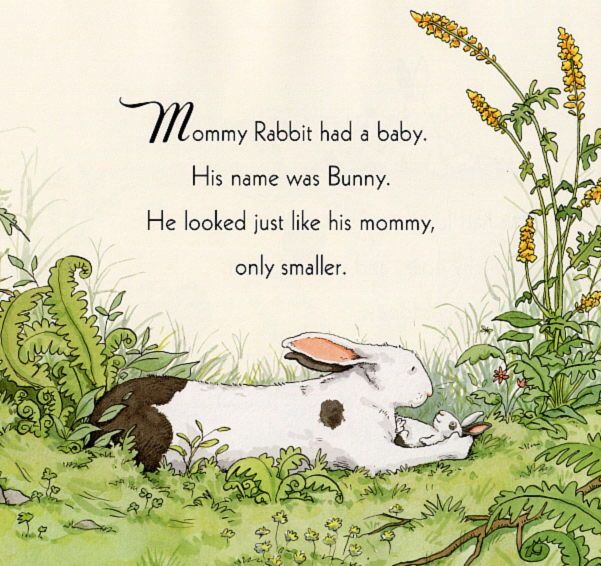 But you can buy powdered dog milk for feeding puppies.
But you can buy powdered dog milk for feeding puppies. - A good result is obtained by artificial mixtures sold in specialized stores and intended for feeding kittens, puppies, rabbits.
- Often, in the absence of either one or the other, they resort to goat's milk, but its composition is still very different from what the rabbit feeds her babies.
Since there is not always time to buy the right food, it is better to prepare in advance or start from the most affordable option. In rural areas, it is usually not a problem to get goat milk; closer to the city, it is easier to buy a special formula for feeding. In extreme cases, you can use infant formula, which is always available in a house where small children live.
Proper feeding of rabbits without a rabbit
Rabbits need to be fed drip. Based on this, a tool is selected - it can be a syringe with a removed needle or a drop bottle with a removable nipple. If you have time to prepare in advance, you can purchase a special kit for feeding newborn baby animals at the pharmacy. It usually includes syringes and several feeding nozzles.
Based on this, a tool is selected - it can be a syringe with a removed needle or a drop bottle with a removable nipple. If you have time to prepare in advance, you can purchase a special kit for feeding newborn baby animals at the pharmacy. It usually includes syringes and several feeding nozzles.
If the babies are already a few days old, you can try to feed with a pipette, later replacing it with a regular nipple. Approximately starting from the age of one month, babies can themselves lap from a saucer. In rare cases, it turns out to be accustomed to a saucer already on the 15-20th day of life.
The health and survival of babies depends on how well artificial feeding is performed. It is necessary to take into account both instincts and biological characteristics and reproduce the natural process of feeding to the maximum. At first, the rabbits do not perceive the artificial udder very much, they react weakly to it or completely ignore it. Therefore, especially the first feedings should be carried out very carefully, do not forcefully pour milk inside, but lightly smear one drop over the oral cavity and let the baby lick off the mixture himself. Forcibly dripping into the mouth can cause the rabbit to suffocate if the milk enters his respiratory tract. the baby should be in an upright position, that is, it must be held with one hand. Over time, the kids get used to it, and the procedure becomes easier.
Forcibly dripping into the mouth can cause the rabbit to suffocate if the milk enters his respiratory tract. the baby should be in an upright position, that is, it must be held with one hand. Over time, the kids get used to it, and the procedure becomes easier.
A newborn baby rabbit needs 4-5 ml of milk or formula per day. The frequency of feeding is 2-5 times a day (depending on how willingly and intensively the kids absorb the offered food, how they go to the toilet). Do not think, the more often you feed the rabbits, the better. Each feeding takes strength from the baby, while he gets very tired. At first, give the rabbits 10-12 drops of milk and feed no more than 3 times a day.
It is important not to overfeed babies. When they get used to the pipette, they eat more willingly and may well “overdo it” with the quantity. In this case, the rabbit's stomach is full, which can be hazardous to health. This can be avoided by taking small breaks in feeding. If, after a short pause, the baby is no longer active, it means that he is already full and no longer needs to give milk.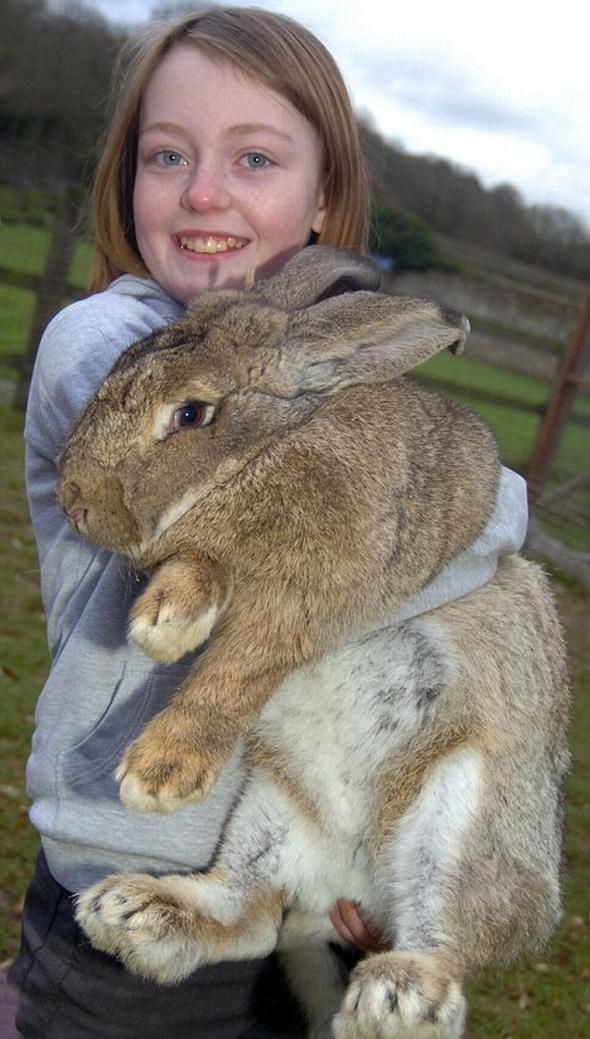
The milk norm increases with the age of babies. After a week, the rabbit should receive twice as much milk, and after two - three times. The approximate norm for 2-3 week old rabbits is 7-13 cc of milk (you can start adding green herbs, granulated food and water), for 3-6 weeks old - 13-15 cc (feed 2 times a day). Then you can gradually include dry food in the diet of rabbits, starting with grated carrots, chopped hay.
Many rabbit breeders recommend adding acidophilus to milk, and at the age of 7-10 days, start giving cecotrophs (rabbit droppings balls) to rabbits. The fact is that most often artificially fed rabbits die from mucous enteritis, the signs of which can be liquid droppings, the presence of blood and mucus in it, diarrhea, refusal to eat, bloating and gases.
The cause of this disease is the accelerated growth of pathogenic microflora in the caecum. The acidity level of babies and adult rabbits is very different (in the direction of greater acidity in babies).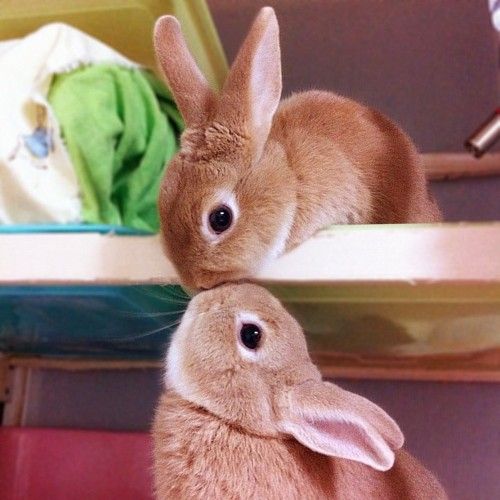 When baby rabbits are born, the inside of their stomach is practically sterile. Mother's milk provides the necessary immune protection and practically cannot bring pathogenic bacteria to babies. And when the babies open their eyes at the age of 10 days, they begin to pick up the mother's caecotrophs themselves. Artificially fed babies are deprived of this opportunity.
When baby rabbits are born, the inside of their stomach is practically sterile. Mother's milk provides the necessary immune protection and practically cannot bring pathogenic bacteria to babies. And when the babies open their eyes at the age of 10 days, they begin to pick up the mother's caecotrophs themselves. Artificially fed babies are deprived of this opportunity.
When a rabbit is just born, it does not yet have the instinct to empty the stomach, bladder and intestines. With natural feeding, these processes are monitored by the mother, who licks the tummies of her babies with her tongue, thereby squeezing out the contents from the intestines. With artificial feeding, this responsibility falls on the owner of the animals.
It is necessary to massage the tummies before each feeding, reproducing the movements of the rabbit as much as possible. If this is not done, the tummies of babies swell and a rupture of the internal organs may form. Take a damp washcloth and lightly run along the tummy, pressing lightly at the bottom.
as soon as the intestines are emptied, you can start feeding. Babies begin to go to the toilet on their own at about 2 weeks of age.
At each feeding, the cleanliness of the rabbits must be monitored. There should be no dried milk on the muzzle of the rabbit, contaminated places should be immediately wiped with a clean napkin. Make sure that there are no food residues on the baby's body. It is also necessary to monitor the cleanliness around the anus - this is usually also done by the mother, carefully licking and massaging this place.
For babies who have not received the necessary immune protection from their mother, cleanliness is an important factor in maintaining health. Bacteria and microbes that enter the body can be detrimental to a weak body. Be sure to boil all feeding equipment, feed with freshly prepared formula (keep the finished formula in the refrigerator for no more than 3 days). Before feeding, the mixture must be heated to a body temperature of 37-40 degrees. Keep your hands clean while feeding.
Keep your hands clean while feeding.
Unfortunately, artificial feeding does not always give the expected result, but you should not refuse it. As you gain experience, the results will be much better and your time and effort will be more than paid off. With the right approach and carrying out all procedures, the survival of rabbits, starting from 5 days of age, can reach 100%.
- Author: Janis
Rate the article:
(41 votes, average: 4.1 out of 5)
Share with your friends!
How to feed baby rabbits without a female rabbit from the first days of life
From time to time, farmers have to face the problem of how to feed baby rabbits without a female rabbit. The reasons for the need may be different, but the solution is always equally necessary. In this position, the efficiency and fidelity of actions directly affect the survival of babies. Any mistake can lead to the death of the offspring in just a few hours.
Any mistake can lead to the death of the offspring in just a few hours.
How to feed baby rabbits without a female rabbit
Article content
- 1 Is it possible to feed baby rabbits without a female rabbit?
- 2 What can replace rabbit milk?
- 3 Rules for feeding
- 4 Artificial feeding rabbits by age
- 4.1 from birth to 5 days
- 4.2 from 6 to 14 days
- 4.3 - how to feed a rabbit through a syringe
- 4.4 from 15 to 30 days
- 5 What to feed baby rabbits per month?
- 5.1 Prices for rabbit feed
- 6 Feeding
- 7 DPCs and disadvantages of artificial feeding of young animals
- 8 Care for rabbits during artificial feeding
- 8.1 prices for rabbits
Is it possible to feed the rabbits of the rabbit?
It is possible to feed rabbit offspring without a female, although the process will require a waste of time and money.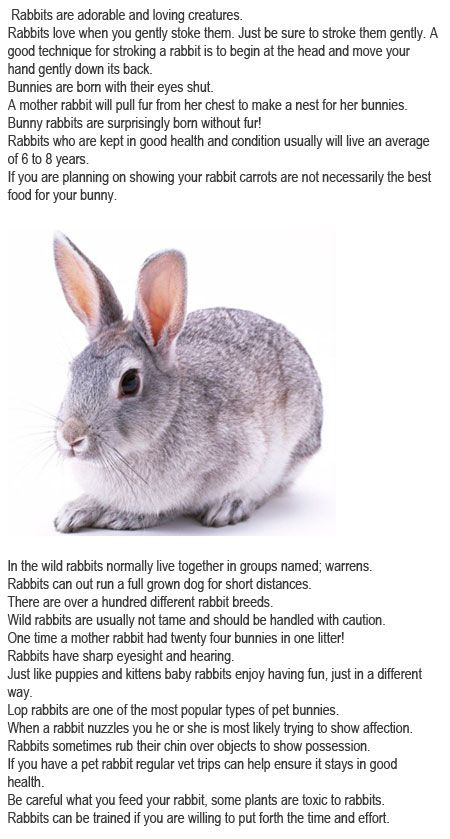 The organization of such a meal obliges you to purchase some accessories, follow schedules, be with the kids a lot. The main difficulties occur in the first weeks of the life of rabbits. As they grow older, the need for constant support disappears, the animals become independent.
The organization of such a meal obliges you to purchase some accessories, follow schedules, be with the kids a lot. The main difficulties occur in the first weeks of the life of rabbits. As they grow older, the need for constant support disappears, the animals become independent.
Babies with a rabbit
Artificial feeding is considered undesirable unless absolutely necessary. Wrong actions can reduce the percentage of survival. Third-party nutrition, human care will not completely replace mother's milk and care. Meanwhile, there are cases when orphaned babies grew up stronger, thanks to the hard work of breeders.
Newborn rabbit
Procedure required for certain problems:
- death of female . Sometimes the rabbit dies during or after childbirth. It is very difficult to predict the sad outcome;
- atrophied parental instinct . Often occurs in the first litter in young individuals. The newly-made mother does not want to feed her offspring.
 In most cases, the instinct can be awakened forcibly by holding the female several times in the process of feeding the babies. However, there are times when no tricks help;
In most cases, the instinct can be awakened forcibly by holding the female several times in the process of feeding the babies. However, there are times when no tricks help; - passion for hunting . Restless rabbits can abandon children within a day after giving birth. They begin to run around the living space, furiously looking for food. In such impulses, rabbits often die from accidental trampling by their own mother. The problem is solved by provocation. Mating is carried out with a male incapable of conception. After that, the female can calm down. If the attempt is unsuccessful, artificial feeding cannot be avoided;
- sore nipples . It is also more common in young rabbits. Roughened skin does not allow milk to pass quietly, the process causes severe inconvenience to the mother and she stops letting offspring;
- strong odors . Rabbits are sensitive to foreign odors. The most unpleasant for them are shades of alcohol, perfume, household and technical liquids.
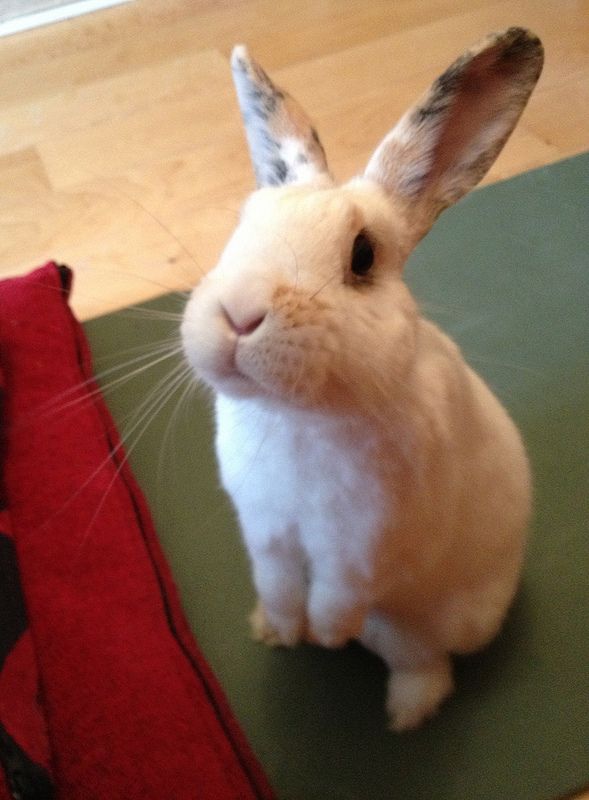 Sometimes the smells of other animals living in the neighborhood play a cruel joke. Discomfort leads to the damping of instincts.
Sometimes the smells of other animals living in the neighborhood play a cruel joke. Discomfort leads to the damping of instincts.
Feeding of young rabbits by another mother
In the above situations, if possible, try placing the babies on another mother. However, not every rabbit will willingly accept someone else's offspring. In addition, a large number of babies will lead to exhaustion of the female. Therefore, experienced farmers prefer to immediately get down to business on their own.
See also: The rabbit does not feed the rabbits: what to do?
It happens that the rabbit refuses to feed newborns. Everyone who breeds rabbits should know what to do in such a situation. Why the rabbit does not feed the rabbits and how to deal with the problem, we will tell in the article.
What can I substitute for rabbit milk?
Newborn rabbits are recommended to be fed with quality substitutes. This is the only way they can get the maximum amount of nutrients. Valid options are:
This is the only way they can get the maximum amount of nutrients. Valid options are:
As for cow's milk, opinions differ. Some farmers consider it categorically unacceptable for rabbits. Other breeders claim that such a substitution is possible when there are no other options. Cow's milk differs significantly from rabbit's in composition, fat content, and ability to be digested. In its pure form, it does not satisfy the needs of small rabbits. Some sources suggest mixing whole cow's milk with condensed milk (preferably without sugar) 4 to 1. But this mix is classified as emergency.
Cow's milk can be used when there are no other options
Rules for feeding
Rabbits are born blind, without hair on the body, weighing about 60 g. Without the ability to see and move freely, nutritional skills are absent. Babies are completely defenseless, so the loss of a nursing mother is a very dangerous phenomenon for them. A person must perform the functions of a rabbit. You will need to master certain skills, acquire inventory.
You will need to master certain skills, acquire inventory.
Newborn rabbits
In the first days of life, babies need a nipple. It can be played by:
- large pipette;
- 20 ml syringe without needle;
- clean bottle of eye drops;
- small baby bottle;
- special kit for animal feeding.
Feeding set 1
Syringe and drop bottle have been improved by craftsmen for easy feeding. The rubber cap from the pipette is put on the spout of the selected container. Previously, several punctures are made in the rubber. In store kits there is a special syringe and tips of different sizes. As the rabbits grow, the devices can be changed, moving from a pipette to a bottle. From day 20, most babies begin to eat from a saucer on their own.
Feeding set 2
Feeding should be built as close to natural flow as possible. The more accurately the details are copied, the faster the animals will acquire instincts.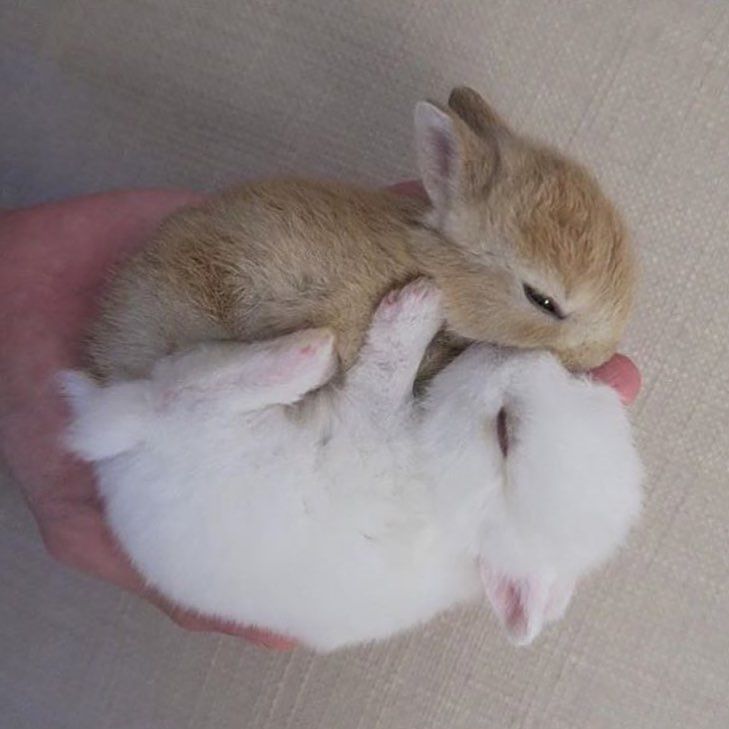 Until the eyes open, newborns show little reaction to the artificial nipple. Milk has to be poured into the mouth. It is important to squeeze out the liquid gradually so that the baby does not choke. The first 2-3 days it is better to start feeding by smearing milk around the mouth. The rabbit will lick it himself. For inactive individuals, the procedure is repeated several times. If the rabbit perks up when he feels the taste of food, you can already proceed to the infusion of a few drops.
Until the eyes open, newborns show little reaction to the artificial nipple. Milk has to be poured into the mouth. It is important to squeeze out the liquid gradually so that the baby does not choke. The first 2-3 days it is better to start feeding by smearing milk around the mouth. The rabbit will lick it himself. For inactive individuals, the procedure is repeated several times. If the rabbit perks up when he feels the taste of food, you can already proceed to the infusion of a few drops.
Feeding should be built as close as possible to the natural flow
A blind baby can eat no more than 1 ml of milk at a time. The stomach should not be full. Overfeeding threatens with gastric disorders, inflammation of the respiratory system. The rabbit must be held vertically in the hand, without squeezing the body. The liquid is stored in the refrigerator for no more than 72 hours, heated before the procedure to 37-38°C. The mixture is always prepared fresh.
Keep baby upright
The easiest way to determine the optimal feeding times is to observe the behavior of the young. Well-fed cubs behave calmly, quietly, sleep a lot. In a hungry state, they become restless, try to move around in search of a mother and squeak.
Well-fed cubs behave calmly, quietly, sleep a lot. In a hungry state, they become restless, try to move around in search of a mother and squeak.
Artificial feeding of rabbits according to age
Each age of rabbits requires its own feeding schedule. The frequency is adjusted according to the speed of digestion of food. Appetite increases with the growing body. By the end of the first week, babies are already able to overeat, so following the rules is necessary for their health. Until the 30th day, the diet consists only of milk.
Up to a month, only milk is included in the diet
From birth to 5 days
A newly born rabbit is given literally 1 drop of liquid. During the day, the number of drops is increased gradually in 5-6 visits. The animal does not yet have a good swallowing reflex, so special care is needed. From the second day it is enough to feed 4-5 times. By the end of the period, the baby should double its birth weight (120-180 g for different breeds).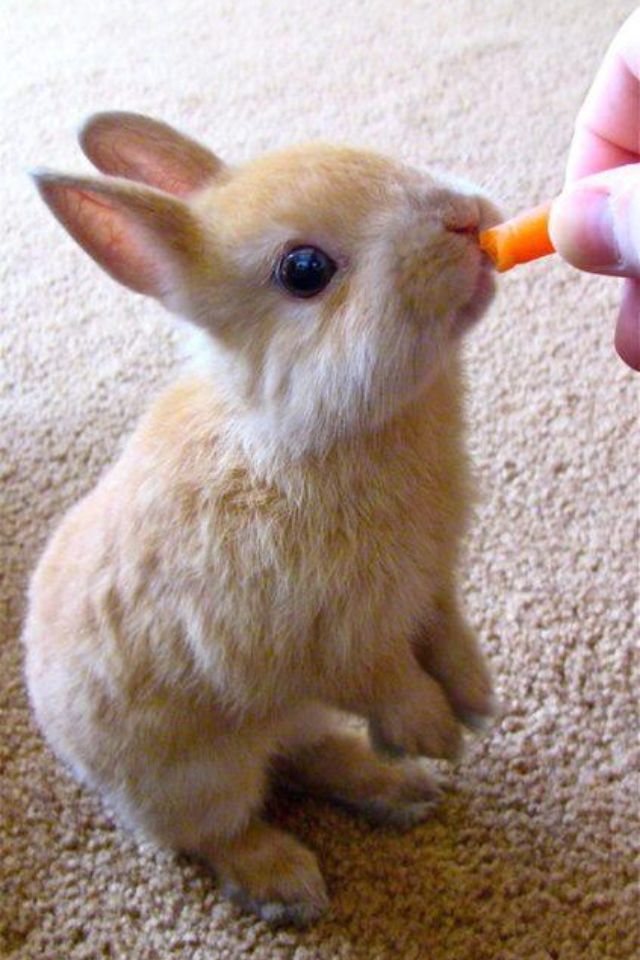 On the fifth day, food is given 4 times.
On the fifth day, food is given 4 times.
Pipetting
Days 6 to 14
From day 6, young rabbits are fed three times a day. This mode lasts up to 2 weeks of life. During this time, the weight of the babies reaches 200-260 g. Portions gradually grow along with the animals.
Syringe nipple
Video - How to feed a rabbit through a syringe
From 15 to 30 days
On days 15 and 16, individuals are transferred to a two-time diet. They observe their behavior, if there is not enough food, add a little mixture in the form of a third feeding. From the 17th day onwards, portions become impressive, the body prepares for the adult regimen, so two feedings do not exceed. By day 30, the rabbits weigh about 500 g. Depending on the breed, the weight may be slightly less or more. Weaning from the nipple begins by the end of the third week. Early maturing species are often ready for the introduction of other products already on the 20-25th day. Readiness can be tracked by the behavior and condition of the teeth. When milk teeth are almost completely replaced by molars, interest in solid food wakes up, the animal is transferred to a new food.
Depending on the breed, the weight may be slightly less or more. Weaning from the nipple begins by the end of the third week. Early maturing species are often ready for the introduction of other products already on the 20-25th day. Readiness can be tracked by the behavior and condition of the teeth. When milk teeth are almost completely replaced by molars, interest in solid food wakes up, the animal is transferred to a new food.
Baby bunny drinking milk from a bottle
Increase the amount of milk as it grows. The larger the breed, the larger the single portion.
| Feeding rate per 1 individual per day (for 1 feeding) | |
|---|---|
| 1-7 days | 5 ml (1 ml) |
| 8-14 days | 20 ml (5 ml) |
| 15-20 days | 20-26 ml (10-13 ml) |
| 21-30 days | 30-50 ml (15-25 ml) |
What to feed baby rabbits per month?
When the rabbits gain strength, the teeth will get stronger, they begin to connect solid food.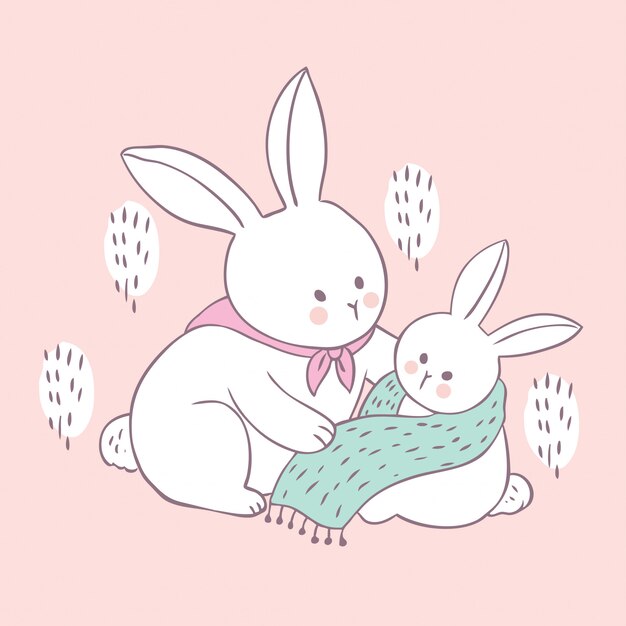 Some farmers completely exclude milk by 31 days. Others prefer to keep it as a supplement in small amounts. Experts recommend leaving dairy food only with weight loss.
Some farmers completely exclude milk by 31 days. Others prefer to keep it as a supplement in small amounts. Experts recommend leaving dairy food only with weight loss.
Hay is added to the diet
New food is offered to rabbits from 3 weeks of age. Even during the period of milk nutrition, small heaps of hay are placed on them. It is important to observe the baby's stool. The slightest signs of diarrhea serve as a stop signal for feeding. Disorders of the gastrointestinal tract for these animals are very dangerous, since digestion after them may not recover. If the introduction was successful, gradually add small grass, a few granules of compound feed, a pinch of grated carrots. So the transition to adult food is as smooth as possible.
Feed prices for rabbits
Feed for rabbits
The intestines of a monthly rabbit are able to digest food without stagnation. The basis of the diet is now made up of granular mixtures, greens and hay, oatmeal flakes, vegetables, root crops. All food must be fresh.
All food must be fresh.
Babies start eating on their own
Granules include the necessary vitamin premixes. Their size varies, so a serving per individual is considered 3% of the individual's weight. Carrots, cabbage leaves are crushed at first, then they begin to be given in large pieces. Beets, potatoes, turnips are given only for fodder, not more than 1-2 times a week. Dry food must be moistened, otherwise they irritate the respiratory tract of rabbits. Animals should always have access to clean drinking water.
Monthly rabbit food pyramid
Always leave only hay and water in the feeding area. The rest of the food is laid according to the regimen, the remains are removed daily.
| Feeding norms for a rabbit from 1 month. Gram per day for 1 individual | |
|---|---|
| Concentrated granules | 40-60 g |
| Hay | 120-150 g |
| Grass | 300-500 g |
| Vegetables, roots | 150-200 g |
In winter, the norms are calculated according to the upper permissible limit. In summer, the amount of grass is increased, and the granular feed is reduced to a minimum.
In summer, the amount of grass is increased, and the granular feed is reduced to a minimum.
Granular food
It is forbidden to feed baby rabbits with sprouted potatoes, wild herbs, branches of unknown trees. Many breeds are poisonous to these animals; it is necessary to study acceptable plants in advance. Food with mold, rot, dirt, fungus, frozen areas can also cause irreparable harm to the pet's body.
See also: What not to feed rabbits
In this article, you can get acquainted with prohibited foods for rabbits, as well as what food will keep their health in order.
Feedings
The milk of a healthy rabbit can provide the offspring with all the necessary vitamins. On artificial feeding, newborn animals need help in the form of feeding. Ready mix substitutes often already contain premixes. In their absence, special preparations are added to natural milk on their own:
Premixes may also be present in pelleted feed. From day 31, you need to make sure that the total amount of top dressing is within the acceptable range.
From day 31, you need to make sure that the total amount of top dressing is within the acceptable range.
Experienced zookeepers recommend giving the following mixture during the feed change period:
- 4 parts of hay or grass meal;
- 3 parts barley;
- 2 parts peas or corn;
- 2 parts sunflower meal;
- 1 part wheat bran.
Homemade dressing
All ingredients are ground into coarse flour and given a pinch from the 20th day. From day 31, all or part of the pelleted feed can be replaced with this mixture.
Advantages and disadvantages of artificial feeding of young animals
Artificial feeding is always a last resort when rearing offspring. The main disadvantage of this approach is the inability to give the kids the whole set of necessary trace elements. All substitutes remain only close to rabbit milk. A product from other animals, mixtures, one way or another, remain unbalanced specifically for rabbits.
Baby rabbits get all the nutrients they need when fed naturally. This process often causes difficulties, slows down the formation of the swallowing reflex. In addition, there is a risk of making incorrect actions and harming the animal, and getting a substitute for native milk can be problematic and expensive. Another disadvantage is the need for a person to be present almost all day.
Plus of artificial feeding - unpretentiousness of rabbits in terms of nutrition
The main advantage of artificial feeding is the unpretentiousness of rabbits in terms of nutrition. Such animals quickly get used to new products, do not refuse top dressing because of the unusual taste, and have a good appetite. It is also easier to develop the habit of feeding on a schedule, to regulate the content of vitamins for individual ears.
Care of artificially fed rabbits
Immunity in artificially fed rabbits develops much more slowly than in offspring growing on mother's milk.